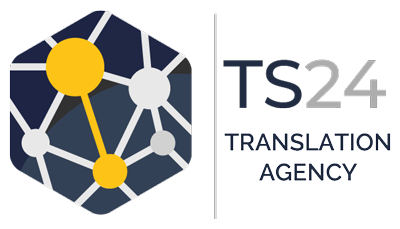The process of converting written communication from one language to another whilst maintaining the original message in the source file is commonly referred to as translation. Translation agencies are in demand today due to increased globalization. The need for officially certified translation services is higher than ever before. Growth in cross cultural communication aided by effective translation has essentially brought the world much closer. Multilingual websites catering to a worldwide audience rules the world of international online business today.
Depending on the need, translation is approached in different ways. Literal or word by word translation is known as formal equivalence. Here the grammatical structure, vocabulary and idioms are translated in the exact manner as it is in the source text. This could create confusion as expressions and idioms when expressed as a whole convey a totally different meaning as compared to the words that make them. Misleading the readers and causing confusion with phrases and idioms is one of the major drawbacks of this translation approach.
Dynamic equivalence on the other hand expresses the original thought conveyed through the source text. This approach is also referred to as functional equivalence and follows addition, subtraction and change in original text to retain the essence of message.
In order to ensure accurate translation in keeping with the local culture and local search engine optimization requirements, a professional translation agency would ensure that the translated text makes sense, displays the original text’s messenger in an easy and natural manner ensuring a similar response.
It is vital choosing the best translation service to ensure that the right approach is used for best results. For example, expert translators are adept at offering creative website translation services much suited to the local language, culture and online business practices.

